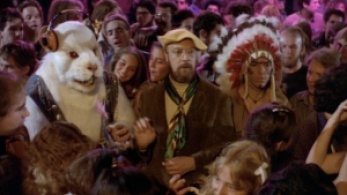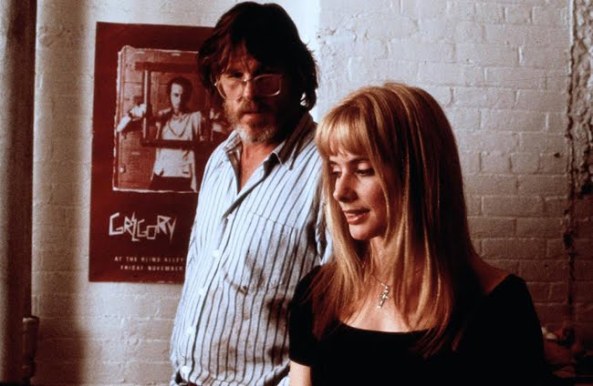You’re in a room debasing yourself, embracing your wild, animal nature and your behavior is completely out of your control. And somehow, you can’t bring yourself to leave, no matter how much it all hurts.
That plot synopsis usually describes Luis Bunuel’s masterpiece “The Exterminating Angel,” but it also fits one of his later gems, “Belle de Jour.” In it, a woman named Severine (Catherine Deneuve) finds herself taking a job at a brothel and assuming the name Belle de Jour after finally being fed up with her unexciting marriage. It is one of the sexiest, yet also most curious and thought provoking movies about sex, romance, fetishes and everything in between. Those nuances within “Belle de Jour” are what make it such a classic; lots of movies have played on the outliers of love, but Bunuel digs deep into that unheard of middle ground.
The film’s curiosity builds from the first scene, in which Severine imagines a carriage ride in the forest with her husband Pierre (Jean Sorel). Once out of earshot of their mansion, Pierre strips off her clothes and orders the drivers to whip her naked back, then rape her. It’s that masochistic urge that moves her, despite her reluctance, to the brothel. Only under pressure and stress can she perform, despite knowing how much it hurts. Continue reading “Rapid Response: Belle de Jour”

